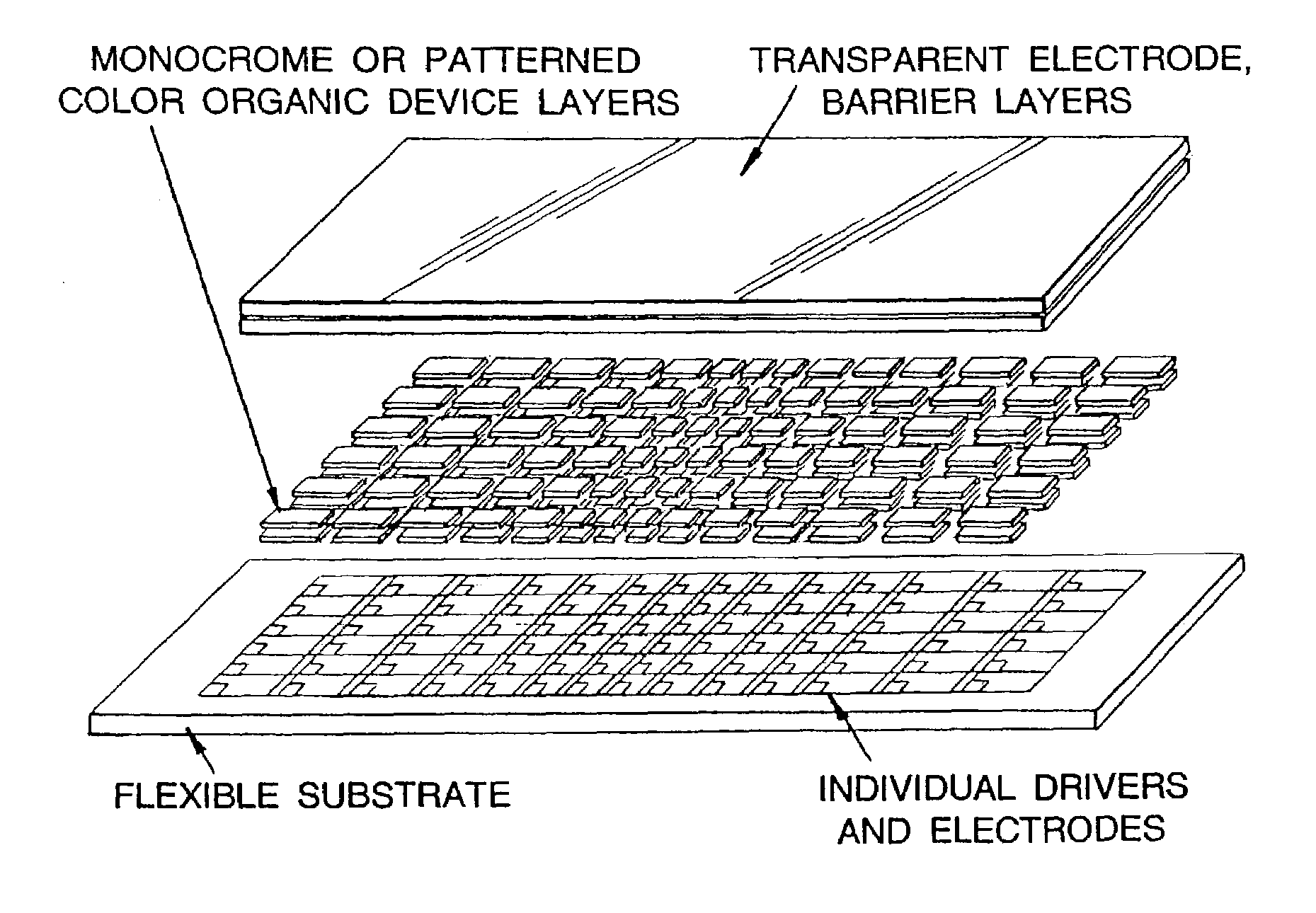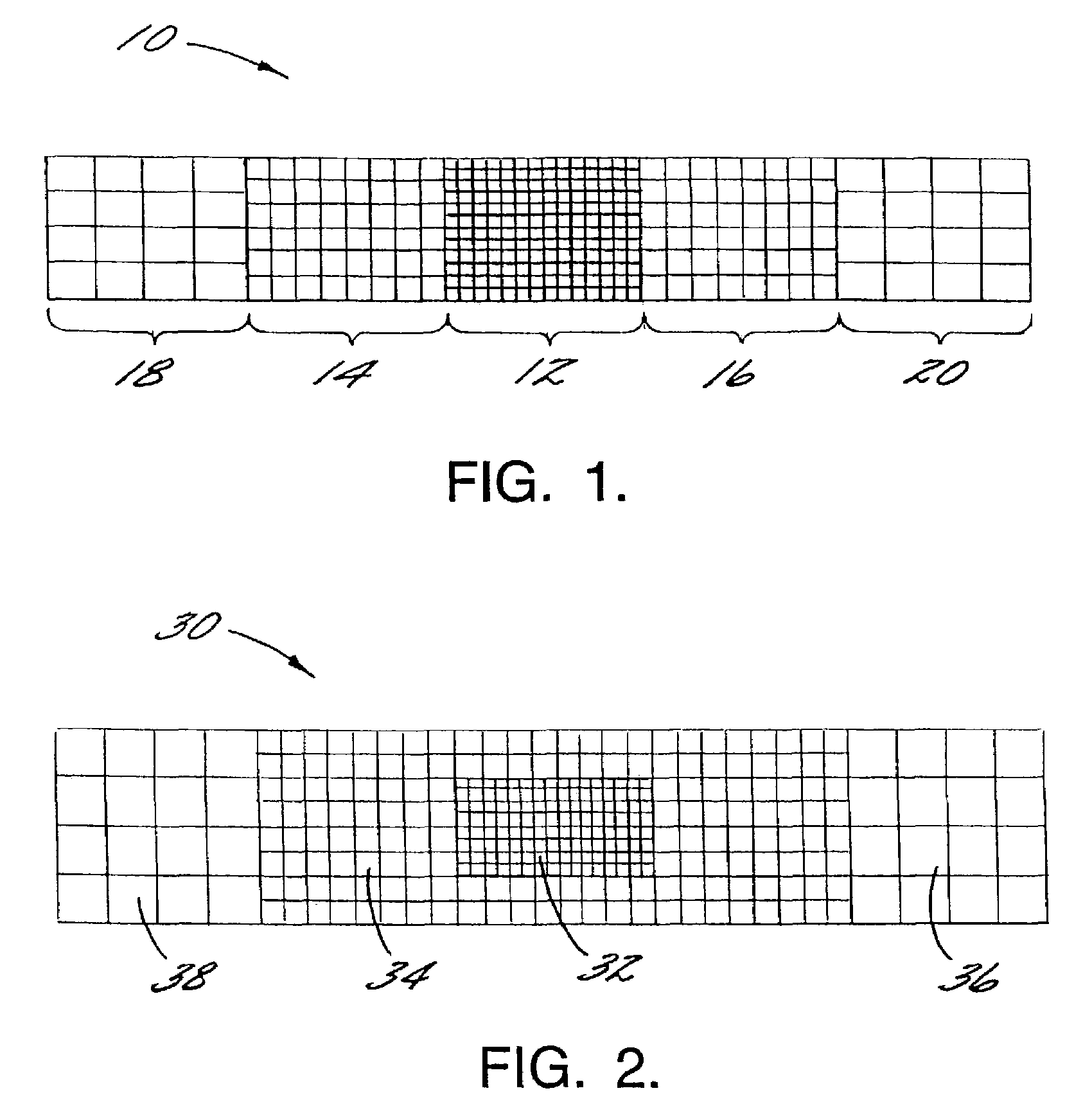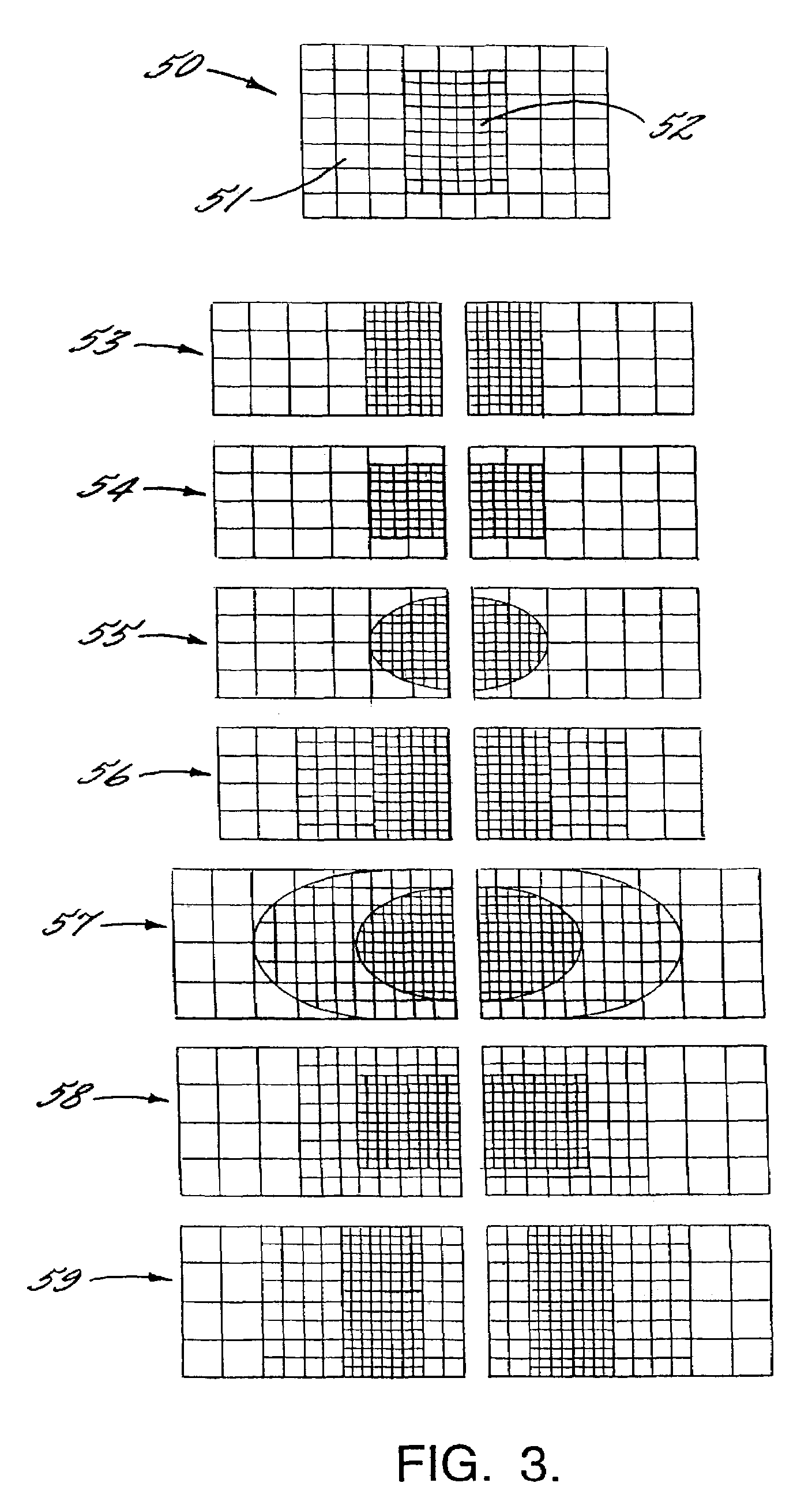Visual display with increased field of view
a visual display and field of view technology, applied in the field of image display and display system, can solve the problems of requiring redundancy of both systems, increasing circuitry and data load of any associated computer processing system, and achieving the effect of high resolution, lower resolution, and high resolution
- Summary
- Abstract
- Description
- Claims
- Application Information
AI Technical Summary
Benefits of technology
Problems solved by technology
Method used
Image
Examples
Embodiment Construction
[0036]The present inventions now will be described more fully hereinafter with reference to the accompanying drawings, in which some, but not all embodiments of the invention are shown. Indeed, these inventions may be embodied in many different forms and should not be construed as limited to the embodiments set forth herein; rather, these embodiments are provided so that this disclosure will satisfy applicable legal requirements. Like numbers refer to like elements throughout.
[0037]While a primary use of the present invention is in the field of image display systems, it will be appreciated from the following description that the invention is also useful for many types of near-eye and remote optical image displays with non-uniform resolutions.
[0038]FIG. 1 shows a continuous display with non-uniform pixel density 10. The central region of the display 12 is capable of displaying the highest resolution image because it has a higher density of pixels than the other regions of the display...
PUM
 Login to View More
Login to View More Abstract
Description
Claims
Application Information
 Login to View More
Login to View More - R&D
- Intellectual Property
- Life Sciences
- Materials
- Tech Scout
- Unparalleled Data Quality
- Higher Quality Content
- 60% Fewer Hallucinations
Browse by: Latest US Patents, China's latest patents, Technical Efficacy Thesaurus, Application Domain, Technology Topic, Popular Technical Reports.
© 2025 PatSnap. All rights reserved.Legal|Privacy policy|Modern Slavery Act Transparency Statement|Sitemap|About US| Contact US: help@patsnap.com



